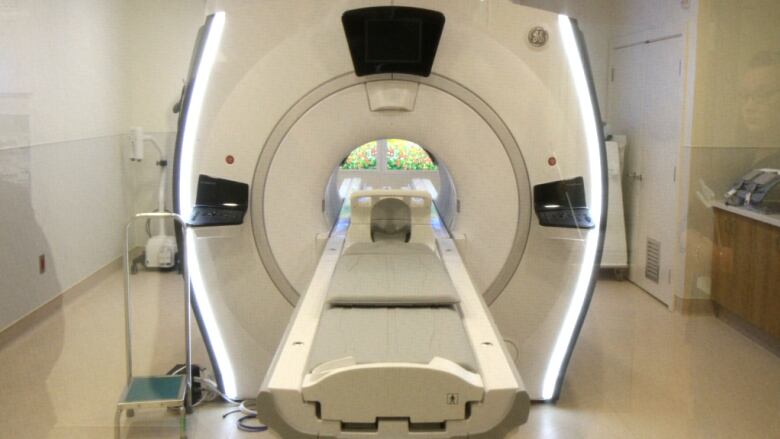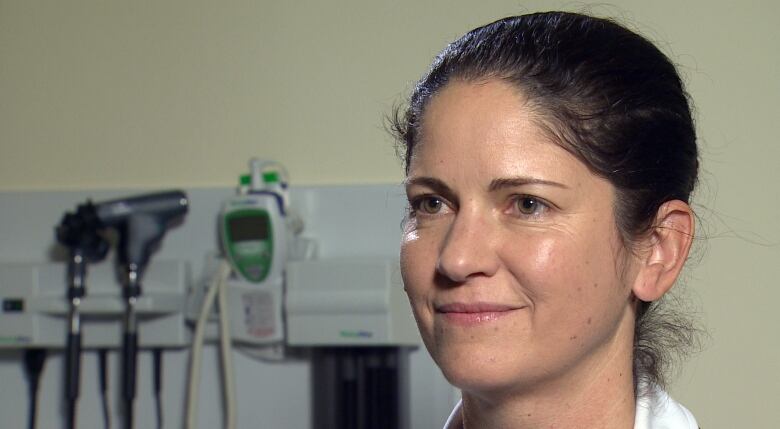First Nations adult cancer survival shows major gap

First Nation adults in Canada have much poorer five-year survival from cancer than non-Aboriginals, according to what researchers call the first national study.
Researchers estimated cancer survival in First Nations across Canada from 1992 to 2009 and compared it to survival among Canadians without any indigenous ancestry.
Cancer survival in particular is an understudied area, said Loraine Marrett, senior scientist at Cancer Care Ontario, one of the authors of the study published in Tuesday's online issue of the Cancer Epidemiology, Biomarkers & Prevention.
"We should be alarmed that there's a subgroup of the population that is doing so much more poorly after they're diagnosed," Marrett said in an interview. "We hear about the disadvantages all the time and here's one more."
Compared with non-Aboriginals, First Nations people had poorer survival for 14 of the most common cancers, Marrett and her co-authors said.
Income and living in a more rural area only accounted for part of the survival gap.
- First Nations adults more than twice as likely to die from avoidable causes
- VIDEO | Cancer's journey: online resource launches for Inuit
Some survival differences were stark. For colorectal, cancer, breast cancer, non-Hodgkin lymphoma and leukemia, the differences in survival were between 10 and 20 percentage points, which Marrett called large. For instance, the difference in 5-year survival for non-Aboriginal women with cervical cancer was about 62 per cent compared with nearly 40 per cent for First Nations women. There was a similar gap for ovarian cancer.
Many factors generally explain the difference in survival. Marrett pointed to later diagnosis as one that came up in her earlier research on breast cancer disparities in First Nations women in Ontario.
The other diseases people had when diagnosed, such as Type 2 diabetes, affects what treatment is given and how patients respond, she said.
Tumour level, stage, size, location and grade are some of the factors that contribute to differences in cancer survival in previous research elsewhere. But previous looks at tumour stage among Indigenous people in Canada are limited.

Among patients, factors such as social support, stigma and delays in seeking care have been shown to be associated with socioeconomic gaps in cancer survival, but the study's authors said this hasn't been quantified for First Nations populations.
Quality of nutrition, smoking and physical activity rates and other factors at the patient level also likely make a difference.
The study's authors said while they need more research to explain the findingsin detail, solutions include earlier diagnosis and better overallaccess to health care.
The analysis focused on 187,475 cases among non-Indigenous and 3,290 cases among First Nations.
Dr. Lisa Richardson specializes in internal medicine at Toronto General Hospital and is an indigenous health education researcher. Richardson was not involved in the study. She said while there's a long history of health inequities among Canada'sFirst Nations people, reconciliation is in the air.
"People feel that they may not seek healthcare orhave the same experiences as non-Aboriginal people because of theirexperiences of marginalization, racism, stigma within the health-caresystem," said Richardson, who is of Anishinaabeand European descent.
Researchers from the Pediatric Oncology Group of Ontario and Statistics Canada were also involved in the study.
Data from Quebec was excluded from the analysis because of inconsistences in how people were registered.
With files from CBC's Kas Roussy












_(720p).jpg)


 OFFICIAL HD MUSIC VIDEO.jpg)
.jpg)



























































































